The Online-Casinos.com News in 2025
Welcome to the news hub of Online-Casinos.com. Here we cover all the latest developments concerning online gambling. Our news team will bring you current updates about legislation, casinos, sports, poker, as well as expert analysis and fun trivia from across the gambling industry.
Big Money Frenzy Cash Gains, as you can tell from its name, is themed to money. Its background features dollar bills, and its symbols are things associated with money and riches. The medium volatility slot has a maximum win of 5,500x and an RTP of 94%. Big Money Frenzy Cash...
Final declarations for the Randox Grand National will be made 72 hours before this year’s...
Yggdrasil Gaming’s Raptor slot game was a big hit for the company, which is bringing...
Fun slot features like a Spirit Wheel and two types of bonus modes – Odoodem...
Avalanche win mechanics and exciting slot features like Thunder Surge will be available to UK...
Red Bull’s Max Verstappen is Formula 1’s 2026 betting favourite, but Damon Hill warns Adrian...
Grunt Gold is a new fantasy-themed slot with a standard RTP of 96.22% and two...
Lucky Fortune Tree by Pragmatic Play is a straightforward slot game offering promising win potential,...
Play’n GO’s newest slot, Mole Digger, was released on 8 January 2026. It is a...
One of BGaming’s newest slots, Treasure Explorer, was released on 8 January 2026. Adventure into...
The UKGC’s new ban on mixed-product advertising starts on January 19 for gambling operators. Key...
The Mega Moolah slot jackpot has not been won since June 2025. The prize currently...
Positive feedback, new jobs, and potential profits lead Kazakhstan to consider tourism ‘gambling zones’. Key...
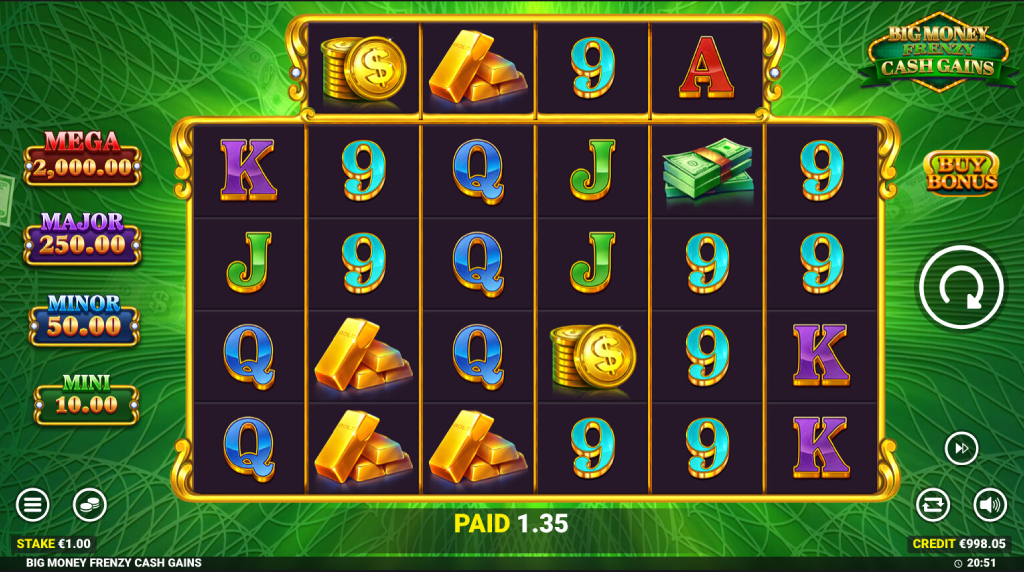 Play the New Big Money Frenzy Cash Gains Slot on 15 January
Play the New Big Money Frenzy Cash Gains Slot on 15 January
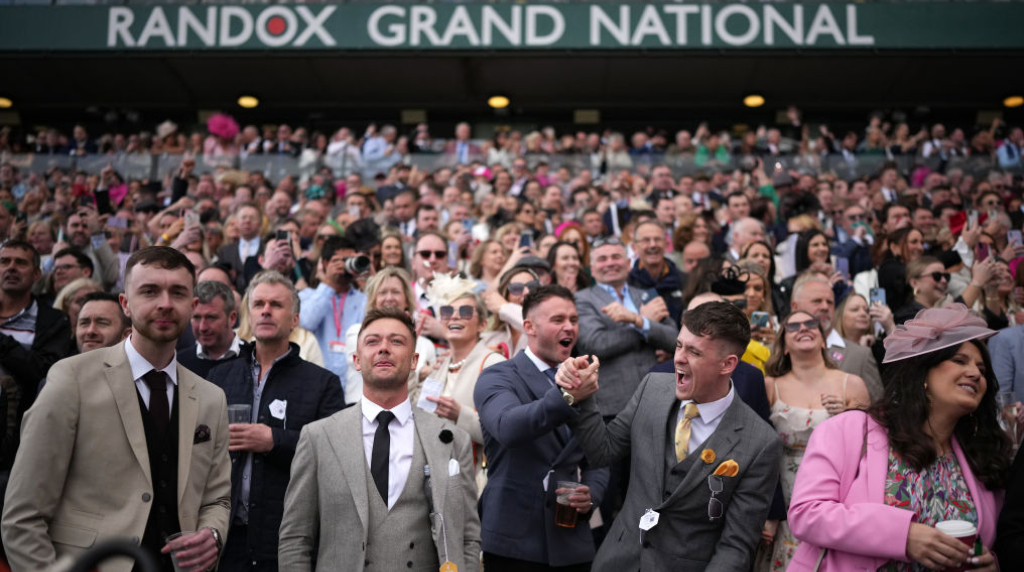 Grand National Runners and Riders Will Be Revealed ‘Early’ in 2026
Grand National Runners and Riders Will Be Revealed ‘Early’ in 2026
 Yggdrasil Unveils Long-Awaited Slot Sequel Raptor 2
Yggdrasil Unveils Long-Awaited Slot Sequel Raptor 2
 Kitsune Studios Releasing Totem Poles New Slot on January 14
Kitsune Studios Releasing Totem Poles New Slot on January 14
 Slotmill Releases Tiki Thunder at UK Slots Sites
Slotmill Releases Tiki Thunder at UK Slots Sites
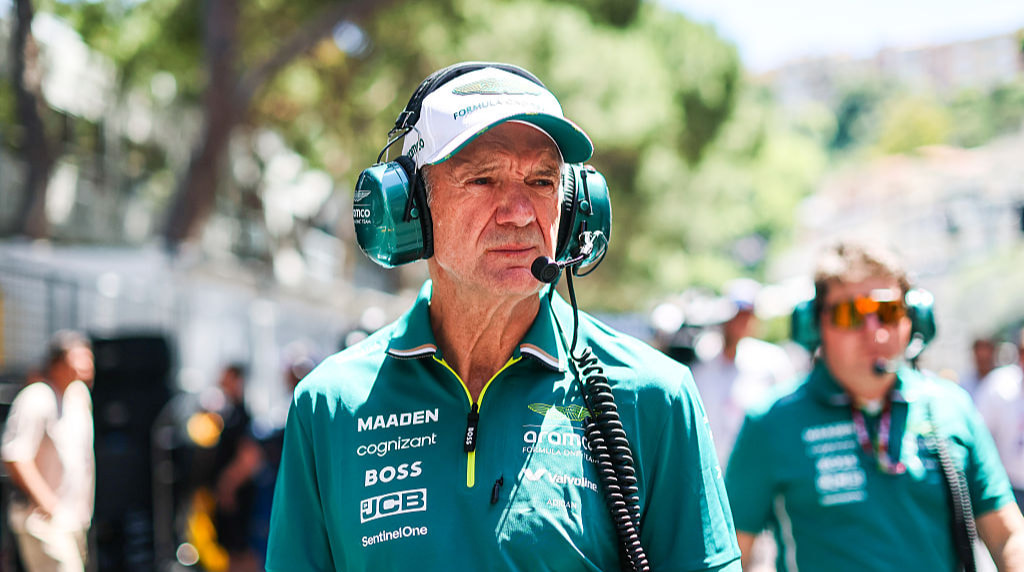 Punters Are in a Quandary as Formula 1 Introduces New Rules
Punters Are in a Quandary as Formula 1 Introduces New Rules
 Bullshark Games Released Grunt Gold on 13 January 2026
Bullshark Games Released Grunt Gold on 13 January 2026
 Pragmatic Play Released Lucky Fortune Tree on 12/01/2026
Pragmatic Play Released Lucky Fortune Tree on 12/01/2026
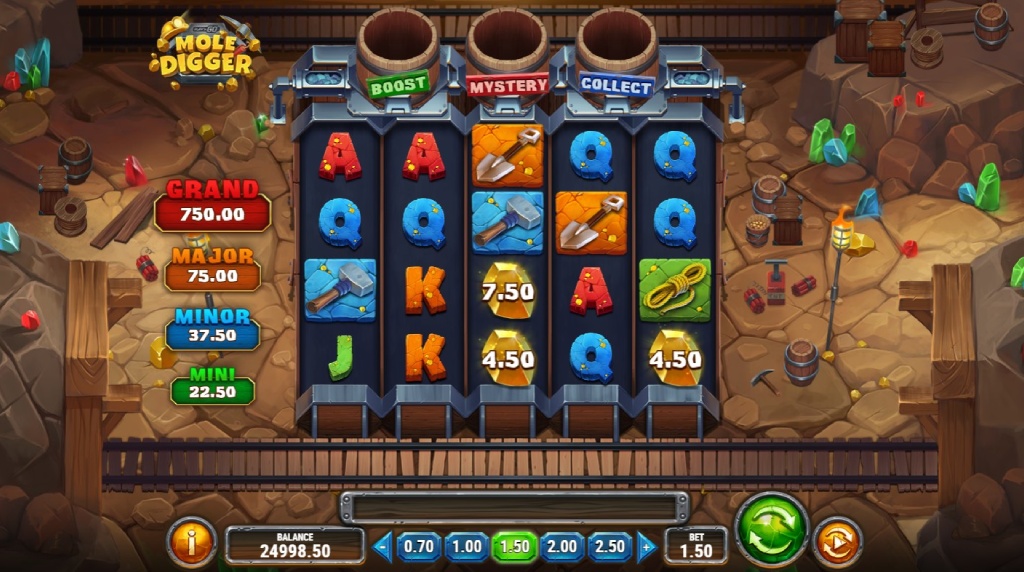 Play’n GO Released Mole Digger on 8 January 2026
Play’n GO Released Mole Digger on 8 January 2026
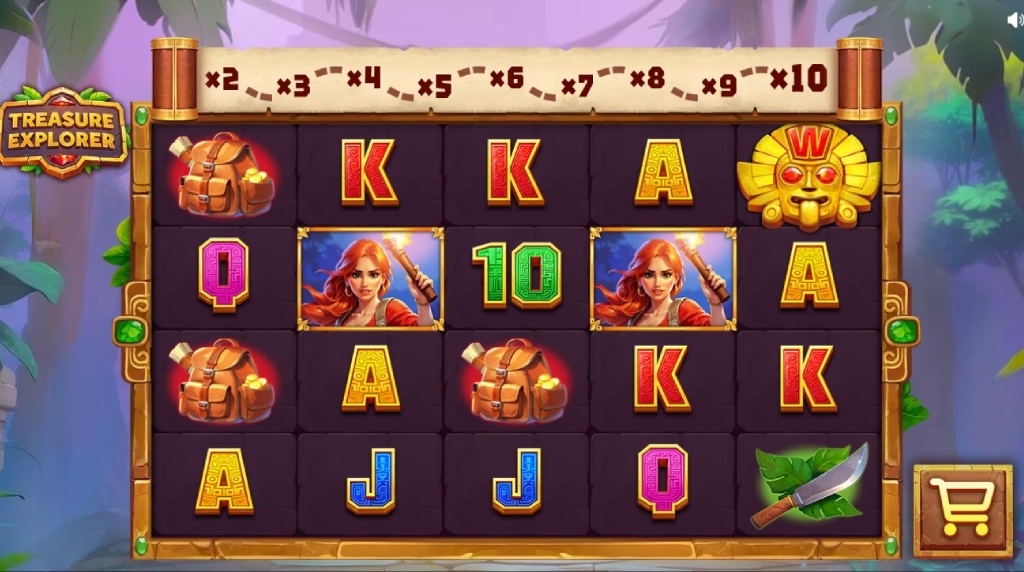 BGaming Released Treasure Explorer on 8 January 2026
BGaming Released Treasure Explorer on 8 January 2026
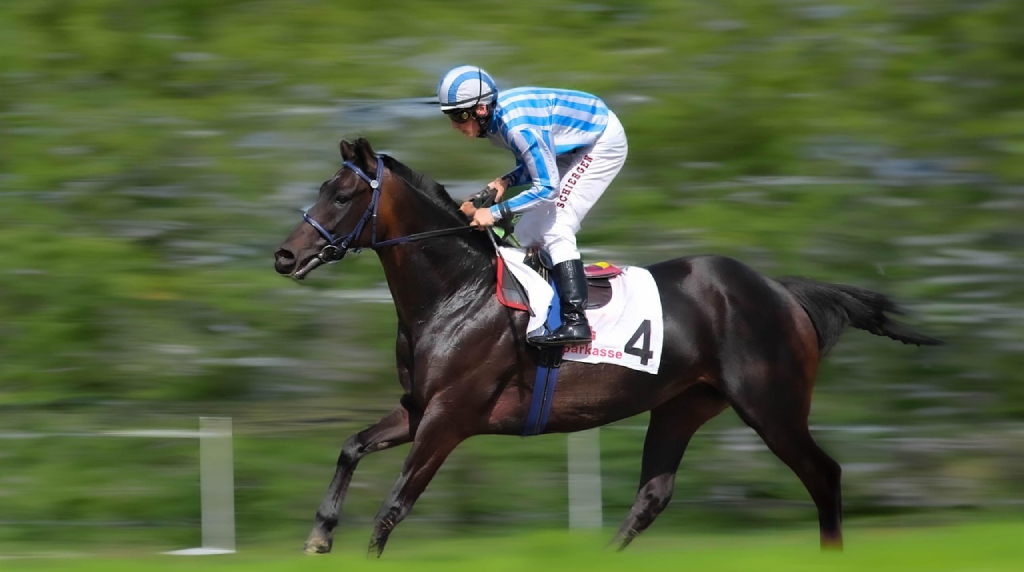 UKGC’s New Gambling Promotions Ban Coming into Effect
UKGC’s New Gambling Promotions Ban Coming into Effect
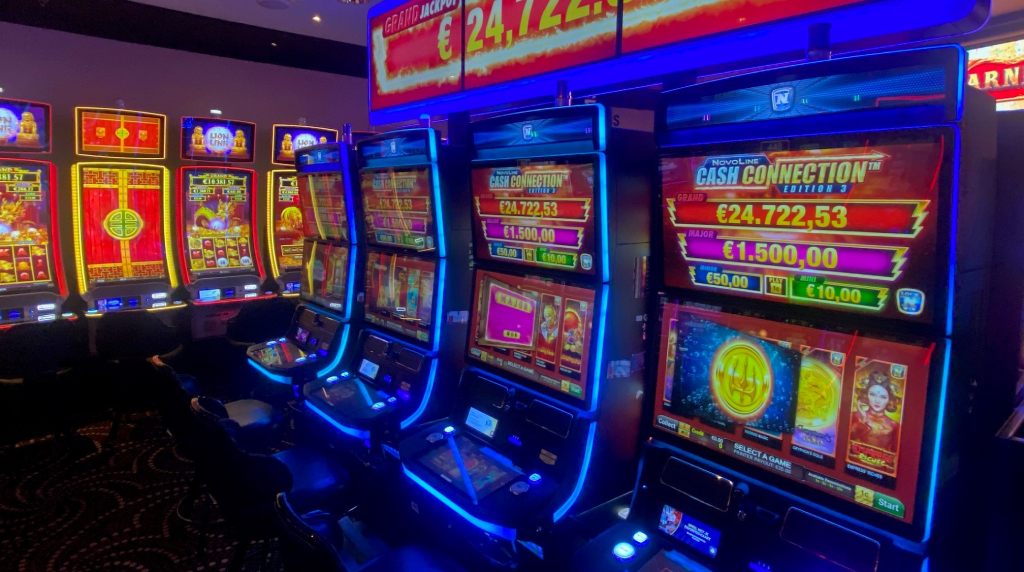 Why Do the Stats Suggest a Mega Moolah Jackpot Is Overdue?
Why Do the Stats Suggest a Mega Moolah Jackpot Is Overdue?
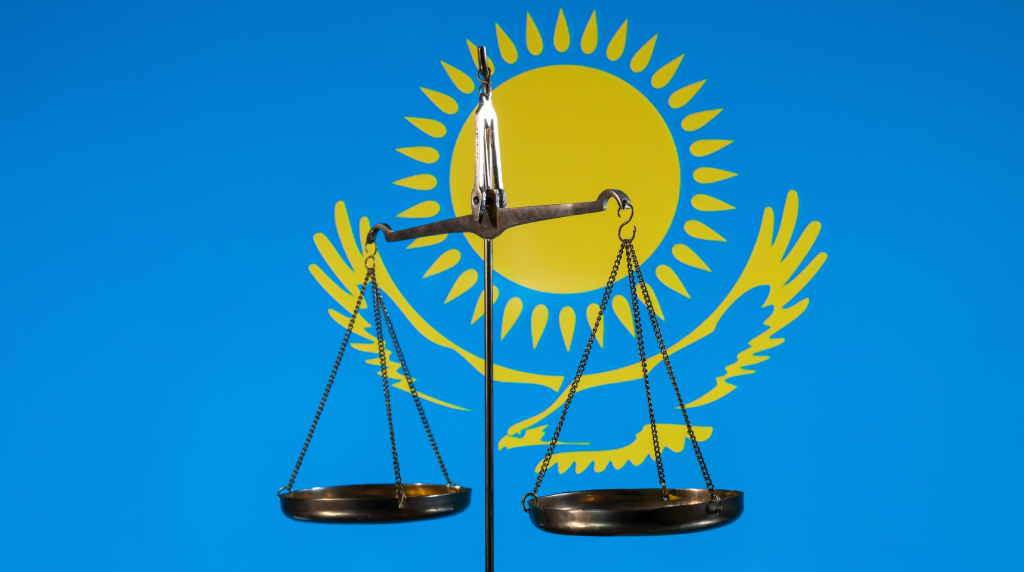 Kazakhstan Is Now Planning Three New ‘Tourist Only’ Casinos
Kazakhstan Is Now Planning Three New ‘Tourist Only’ Casinos